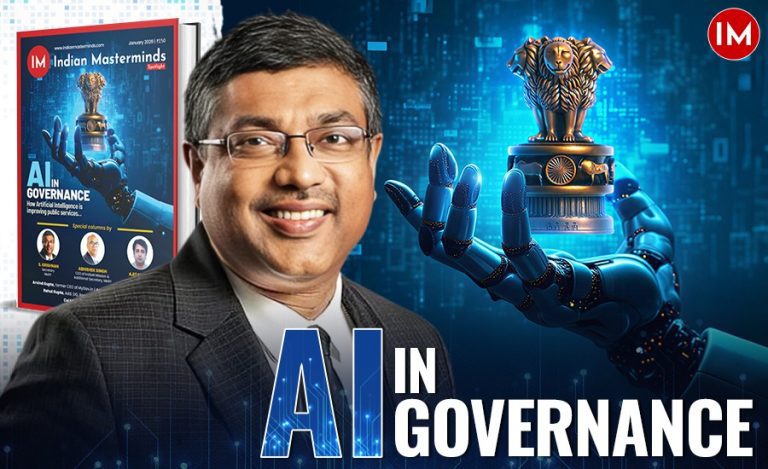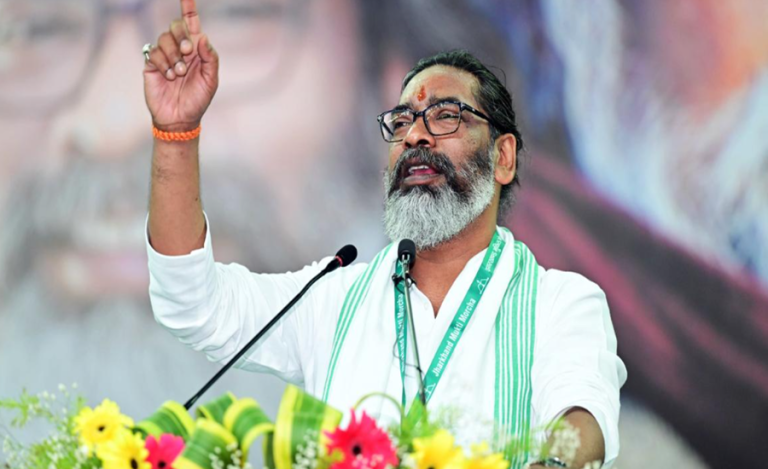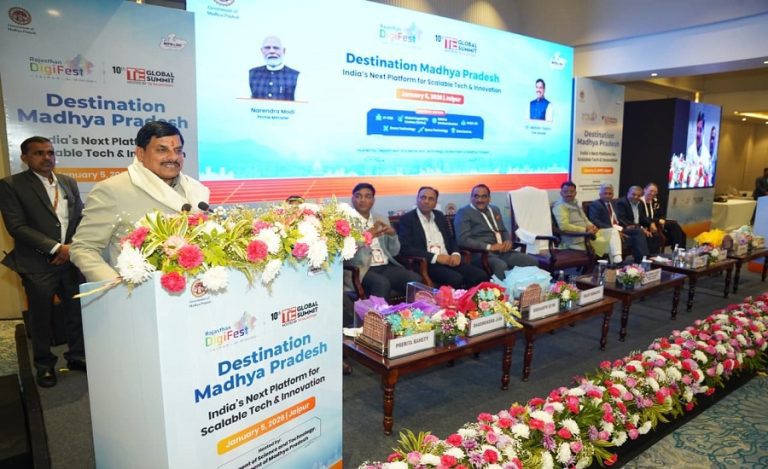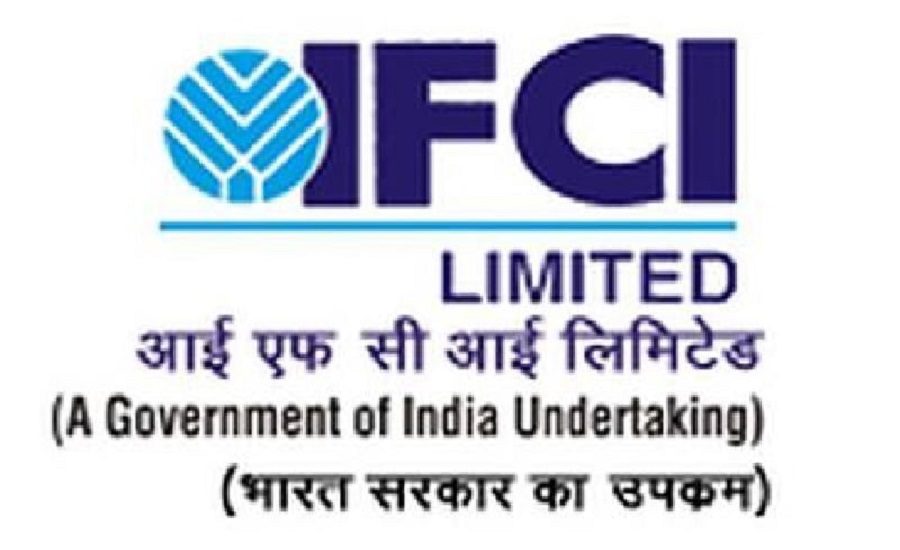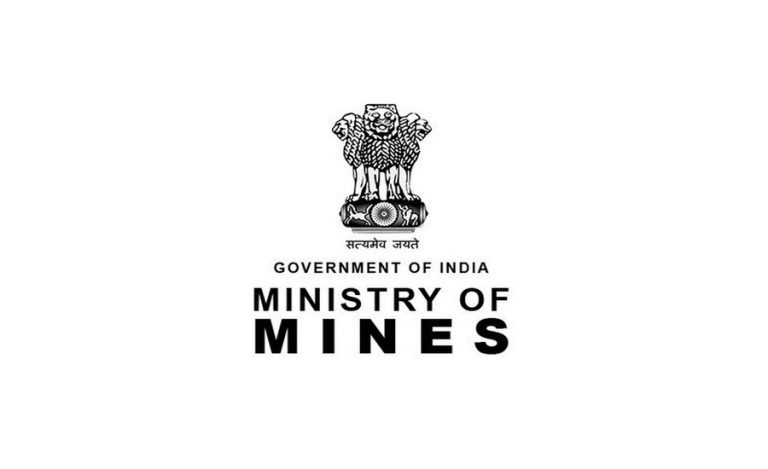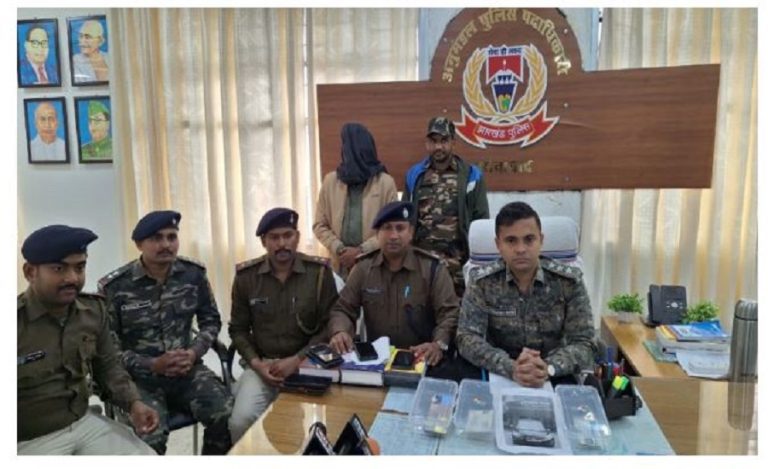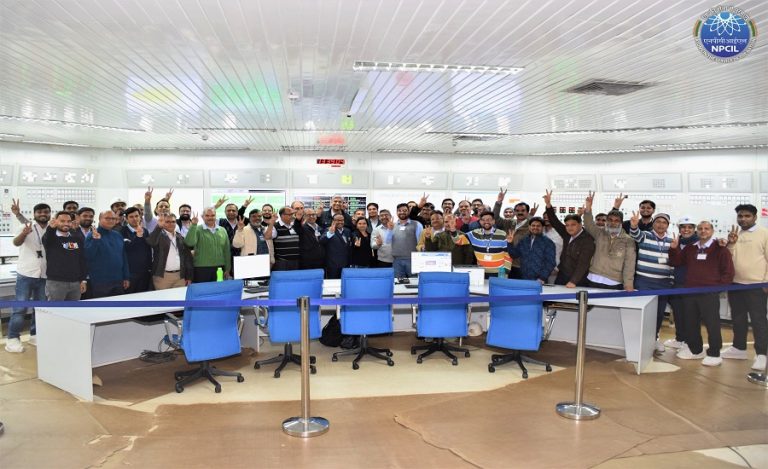Few people in India can speak on healthcare with greater authority than Ms. Kanaru Sujatha Rao, who has spent more than three decades in the sector – first in Andhra Pradesh and then at the Centre. For the uninitiated, the 1974-batch IAS officer Ms. Rao is probably one of the rare officers to have served the Union Health Ministry since 1990 in almost all possible positions – Director, Joint Secretary, Additional Secretary, Special Secretary, and Secretary. She is still active in the domain after retiring in December 2010.
She is also one of the 12 officers of the 1974 batch of Civil Servants who are celebrating the Golden Jubilee of their careers by writing their memoirs in a book titled A Rear View: Tales of Administration and Diplomacy. In an interview with Indian Masterminds, she looked back at the issues facing the health sector and possible solutions. Please watch the full interview by clicking on this link…
She answers the most essential question today: Is Health For All a possibility or just an illusion? She says it’s possible, but two things are essential to achieve that: political commitment and resources. We are spending only 1.2 or 1.3 percent of GDP on health. It used to be 0.9 percent 40 years ago. The needle has moved up just a little. It should at least be three percent of the GDP.
It is a question of prioritization. If you can give loan waivers, if you can write off bank defaults of the very rich, if you can keep on building roads after roads, then why don’t you also pay attention to health and education? Roads, airports, trains, and industries—all are important, but health is of utmost importance. It’s like a choice between eating ice cream or dal-rice.
WHAT IS MORE IMPORTANT – VILLAGE HOSPITALS OR AIIMS?
What is more important – building new AIIMS and medical colleges in every district or strengthening village-level health infrastructure like Primary Health Centres (PHCs) and Community Health Centres (CHCs)? She says she has seen people dying for a Rs 10 intervention that they couldn’t afford. Today also we have 8 lakh children dying of diarrhea every year. The reason is the consumption of contaminated water. If we are unable to provide basic requirements like clean drinking water to children, then we have to first take care of basic health care before building medical colleges. It’s not that medical colleges are not needed, but it’s just a matter of priority—what do we need more?
SHUT DOWN 50 PERCENT OF HOSPITALS
There are about 720 medical colleges, of which 50 percent need to be shut down today for lack of faculty and proper infrastructure. Students are not being taught and trained properly. As a result, we have more quacks than doctors coming out of these medical colleges. We need many more doctors, but quality doctors.
The six AIIMS that were set up—envisioned by Ms. Sushma Swaraj in 2002 and constructed in 2009-2010—are at 75% of their full capacity of faculty. However, there are still several problems nagging at their door. See how much investment has gone into Delhi AIIMS! You may sanction 12 or 20 more AIIMS, but where are the faculty and the infrastructure?
AYUSHMAN BHARAT IS EXCELLENT BUT SHORT OF EXPECTATIONS
How do you rate the Ayushman Bharat Yojana? It’s an excellent scheme. It’s taking care of the financial burden of the poor through health insurance—especially after the inclusion of everyone aged 75 years and above in it. The demand side is taken care of. But there is a problem on the supply side.
Half of UP has no proper medical care. There are good hospitals in the South. But how many people can afford to go there for treatment? Then they also need money to stay there and food. So, you need to take care of the supply side as well.
WHAT’S THE MOST DEADLY DISEASE?
New illnesses like cancer and mental issues are overpowering the traditional ailments of the heart, kidney, and liver. How well-equipped are we to deal with these?
Cardiovascular diseases are still the most deadly killers, but mental disorders are chronic and expensive. Unlike other issues, it can be prevented and can’t be cured permanently. Now, almost 6.5 percent of the country’s population is suffering from mental issues. So, it requires huge structural and financial intervention. It is the most neglected sector in the entire health portfolio.
ARE WE PREPARED TO FACE COVID AGAIN?
We did reasonably well in tackling COVID-19. But, two things—we are better prepared to fight such an eventuality because now we have experience in dealing with it. But, still, we are ill-prepared to prevent it even though we know the virus is going to hit us again. The virus is mutating every day. Man-environment conflict is increasing every day. So, the last word hasn’t been seen and written yet on Covid.






